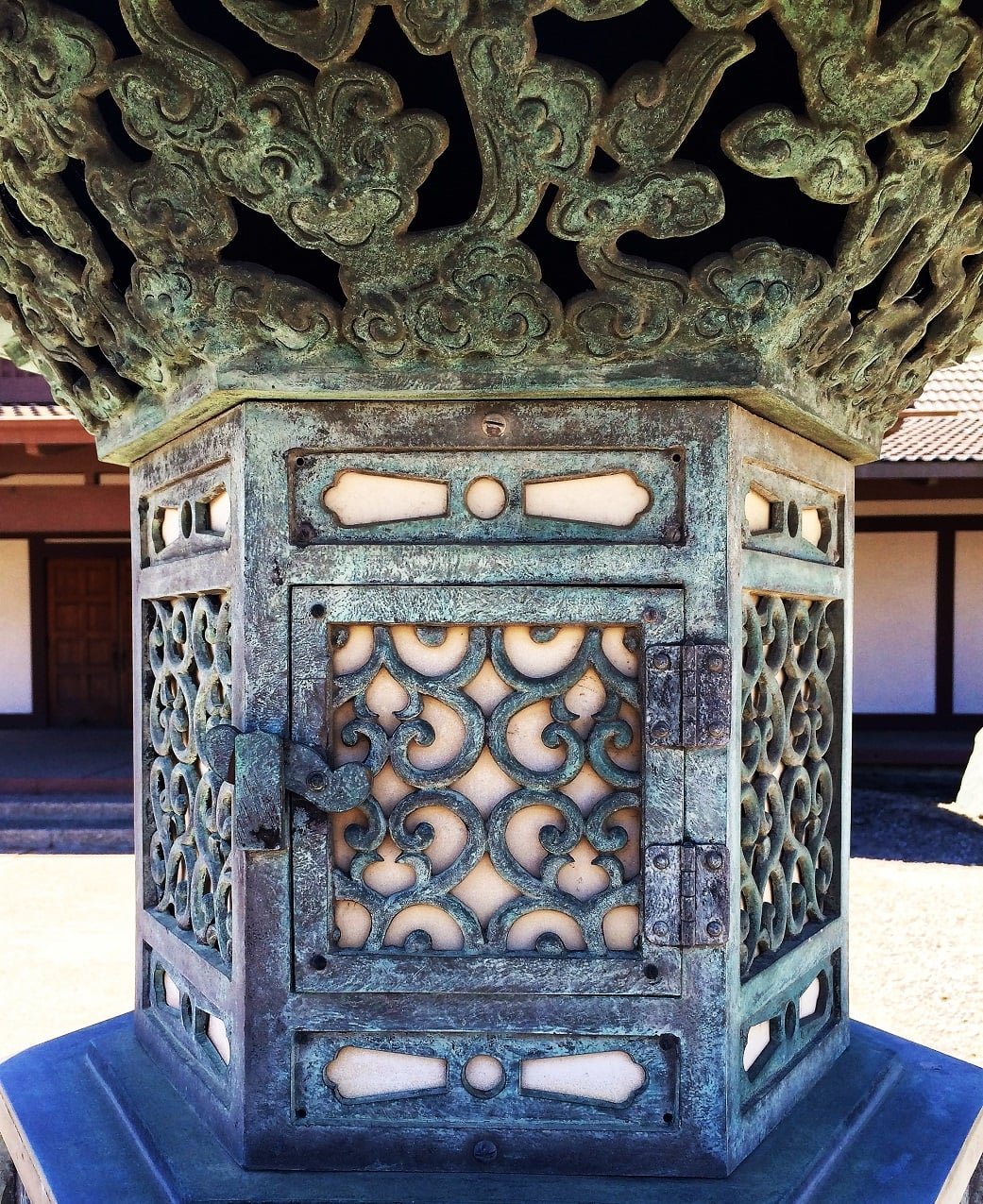
Multicultural Salinas Chinatown
Salinas Chinatown: An Historic “Gold Mountain”
Established by Chinese merchants on Soledad Street in 1893 after the first Chinatown (founded 1872) burned down, Salinas’ Chinatown is the largest, active Chinatown between San Francisco and Los Angeles—an important crossroads in California immigrant history. Chinatown was home to successive waves of immigrant laborers that formed the backbone of California’s agricultural economy: Chinese in the 1860s, Japanese in the 1890s, Filipinos in the 1920s, and Mexican “braceros” in the 1940s.
These ethnic communities coped with marginalization and discrimination as they coexisted and sought to establish homes and livelihoods as immigrant laborers and merchants. As the communities dispersed with urban renewal beginning in the late 1950s, Chinatown deteriorated. Thriving businesses closed; buildings were boarded up.
Today, only a handful of the historic buildings remain intact, including the Republic Café. Built in 1942 by the Ahtye and Chin Bow families, the restaurant provided a gathering place for the Chinese, Japanese, and Filipino communities to celebrate their cultural heritage. It was one of the last active businesses in Chinatown before closing in 1988 and remains an iconic structure, symbolic of Chinatown’s vibrant history. In 2011, the Republic Café was listed in the National Park Service’s National Register of Historic Places. Much of the interior infrastructure remains intact, and ACE plans to refurbish the building, eventually turning the Republic Café into a museum and cultural center.



